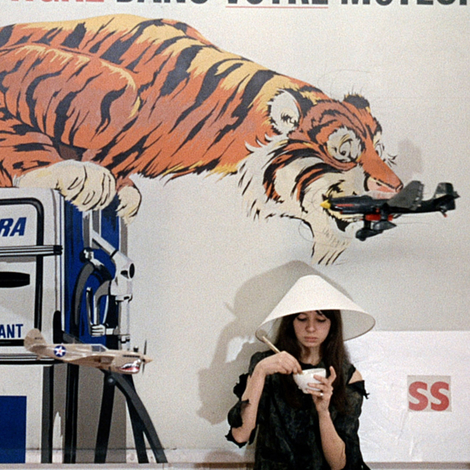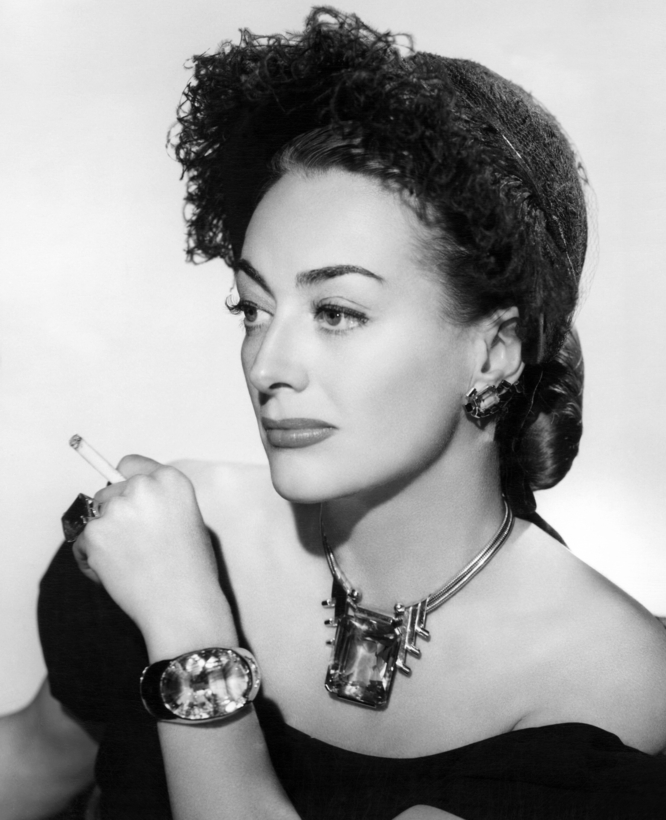When Neil Lane was growing up in Marine Park, Brooklyn, the best game in town was scrapping for street castoffs: unwanted highboys, bric-a-brac, the occasional box of costume jewelry, some Libbey glass. Enterprising and loaded with dreams of becoming an artist, Lane began to sell his late-night loot to make money. And money, coupled with his innate moxie and charm, was Lane’s ticket to Somewhere Else.
Stops along his road to eventual fame in Hollywood (where he became a fixture as the “resident jeweler” on The Bachelor) included dealing at the popular outdoor flea market in New York and trips to Paris, a formative period during which he began buying bits of gold jewelry. Connections became important, but so was his 10x-power loupe, which he called his “Bible.” Loupe in hand, Lane began examining the minutiae of fine jewelry and developed an eye for quality and craftsmanship. A collector was born.
Lane has one of the most important private jewelry collections in the U.S. It’s been an open secret for some years among certain cognoscenti, but save for occasional loans to exhibitions, the extent of his formidable holdings has never been shown. That changes today, with the opening of “Radiance and Reverie: Jewels from the Collection of Neil Lane,” at the Toledo Museum of Art. It’s a knockout. Some 200 pieces of jewelry from 1850 to 1950—including, remarkably, nearly 40 pieces by Tiffany—reflect the world during this dynamic century of change and expansion. History was never so beautiful.

The exhibition’s co-curators, Diane C. Wright, senior curator of glass and contemporary craft at Toledo, and Emily Stoehrer, senior curator of jewelry at the Museum of Fine Arts, Boston, spent three years developing what they describe as “a dream museum collection,” one that reflects “broader movements in art and society.” It also contains “so many stories we can tell.” The jewelers telling those stories include Paulding Farnham, René Lalique, Castellani, Boucheron, Lacloche Frères, Suzanne Belperron, Paul Flato, Trabert & Hoeffer-Mauboussin, Raymond Yard, and Marcus.
In short, every important name is here, but so too are unsigned pieces. As Lane puts it, “All of these jewels have a ‘signature.’” (A superb catalogue accompanies the show, providing further context and elegant photography.)
What are some highlights in this textbook-smart spectacle of jewels? There is Lane’s first acquisition, Lucien Gaillard’s fringe necklace of golden spears of wheat accented with ivory, from 1907, and works reflecting his bottomless love for the movies, such as the Jean Harlow diamond engagement ring made by Shreve & Co. in 1933 (Lane: “The most rare thing in the world”) and Paul Flato’s gold cornucopia suite, thick with emerald beads, circa 1940, once owned by Ginger Rogers.

A different sort of history lives in a dreamy diamond bow brooch made by Tiffany in 1905. Not only is it stunning at nearly six inches wide, it exemplifies society’s love, in the early 1900s, for ribbons and bows in finery historically worn by royals, Madame de Pompadour among them. (A Boucher painting from 1759 shows her in rococo splendor in a gown heavy with silk-taffeta bows.)
The best collectors are members of a curious club: they’re passionate, informed, driven, and helplessly romantic. As Lane says, “These are jewels I love and that resonate with me. They’re my journey in jewels.”
“Radiance and Reverie: Jewels from the Collection of Neil Lane” is on at the Toledo Museum of Art until January 18
Ruth Peltason is a New York–based editor, writer, and jewelry authority. Her latest books, The Art of David Webb and Solange: Jewellery for Chromantics, were both published by Rizzoli


